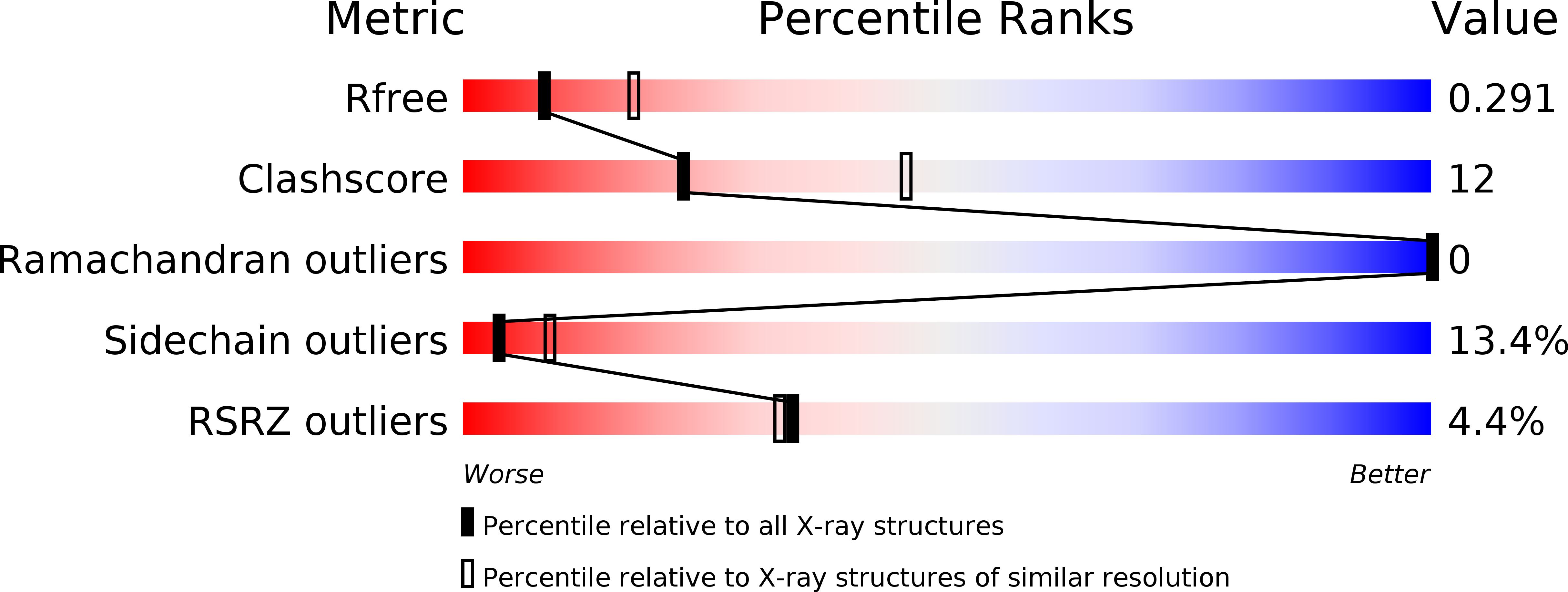
Deposition Date
2017-11-12
Release Date
2017-12-27
Last Version Date
2024-11-20
Entry Detail
PDB ID:
5YS2
Keywords:
Title:
Structure of the domain IV(D_IV) of Pseudorabies virus glycoprotein B( PRV gB)
Biological Source:
Source Organism:
Suid alphaherpesvirus 1 (Taxon ID: 10345)
Host Organism:
Method Details:
Experimental Method:
Resolution:
2.70 Å
R-Value Free:
0.29
R-Value Work:
0.22
R-Value Observed:
0.23
Space Group:
P 2 21 21


